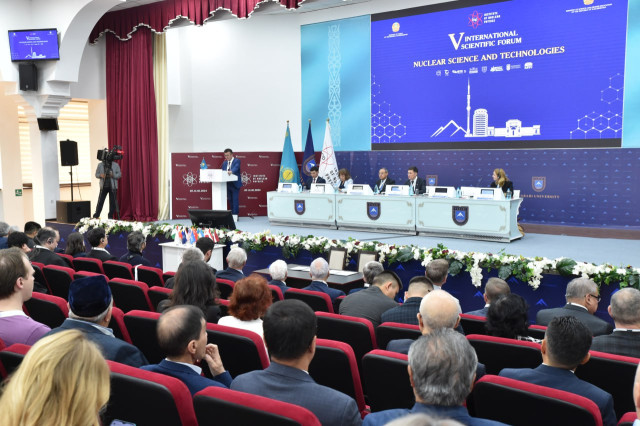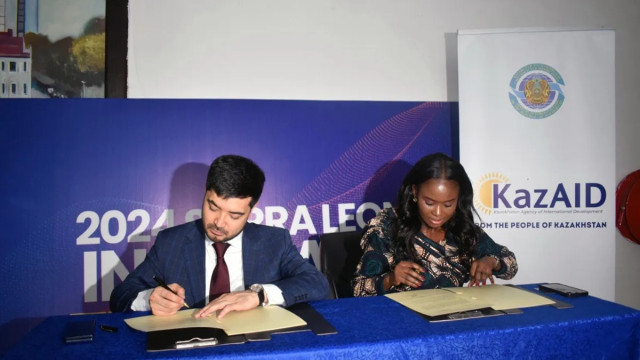
Kazakhstan has established innovative manufacturing by commencing the production of cables with radiation-modified insulation. The material was created by scientists from the Nuclear Technology Park at Gumilyov Eurasian National University. The product is resistant to loads and high temperatures and is indispensable for use in the alternative energy sector. The unique invention has attracted interest from Uzbekistan, where plans are underway for the construction of a solar photovoltaic power plant. The first batch of products, perfectly suited for the envisioned project, has already been exported to the neighboring country. In the near future, cables manufactured in Kazakhstan may also be available in Russia. Overall, domestic producers plan to make up to 15,000 kilometers of cable annually. It is worth noting that such products were previously manufactured only in the U.S. and European countries.
“The introduction into production
has began only since early last year. Thanks to the government decree in 2021
transferring the Nuclear Technology Park to
Gumilyov Eurasian National University, where specialists and production
are concentrated in one place, we have made significant progress,” said Zhanna
Kurmangaliyeva, Vice Rector for Science, Commercialization and
Internationalization at Gumilyov Eurasian National University.
“The promising markets are
primarily the domestic markets, which should be supplied. Uzbekistan is one of
such markets. The project is already underway, the domestic cable has been
exported and is currently being installed there. I believe that Kyrgyzstan and
Russia are also potentially lucrative markets for product sales,” said Vitaly
Raspopin, director of a cable and wire company.
It is noteworthy that Uzbekistan
is one of Kazakhstan’s largest trading partners. The two states account for
about 70 percent of all trade in Central Asia. By the end of last year, the
bilateral trade increased by a third and reached $5 billion. The next goal is
to increase these volumes to $10 billion.









